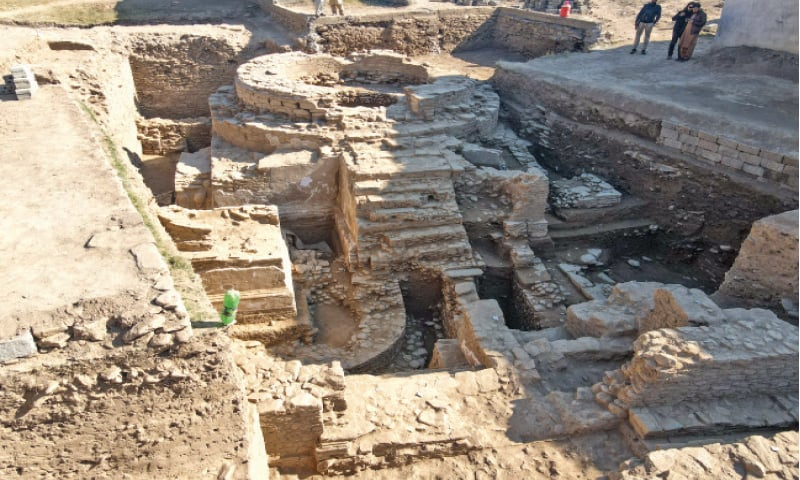Share This Article

Team of Pakistani and Italian archaeologists have discovered an over 2,300-years-old Apsidal temple of the Buddhist period and a few other precious artefacts in Taxila remains Northwest Pakistan.

The discovery has been described as the oldest temple in Pakistan of the Buddhist period. Apart from the temple, the archaeologists have recovered over 2,700 other artefacts of the Buddhist period which included coins, rings, pots and writing of the kharosthi language of the Greece king Menander period.

According to the archaeologists, the Bazira area flourished as a Buddhist hub until the 3rd and 4th centuries of the Common Era, until it was abandoned after an earthquake during the reign of the Kushans, another Central Asian dynasty whose most famous emperors, Kanishka (78CE–144CE) and Huvishka (r. 150CE–180CE), supported Buddhism and might have practiced Buddhism themselves.

Only five per cent of the sites has been explored. Much of the Gandharan complex remains to be explored, and it is likely that the buried city will hold yet more important revelations about the Indo-Greek period in Pakistan.
